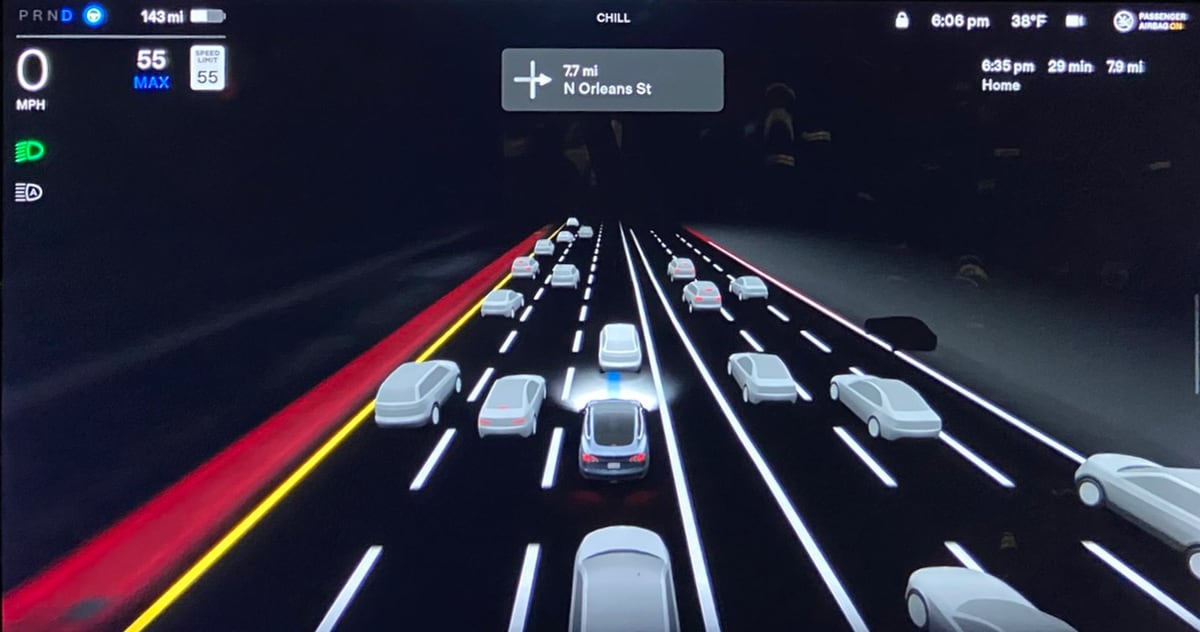I am not talking about phantom braking but the jerkiness/brake taps with fsdb. When I drive manually there is little to no use of friction brakes once you learn how to manipulate/ease off the go pedal even if the regen is limited. There is no reason fsdb can’t do the same or even better. These jerkiness is more apparent when you disable the “Apply Brakes When Regenerative Braking is Limited” and hover your foot over the brake pedal. But the underlying issue is that tesla vision cannot see/interpret the scenario from a distance and waits till last minute and so the jerkiness/brake slamming.
Also, the speed limit data is so awful for me starting from the very first street off my driveway to most of the streets surrounding me. There is right turn from a stop sign before leaving my neighborhood and there is no obstacle blocking the view (most easiest of right turns) yet fsdb creeps and crawls and pauses several times even though there is no other vehicles crossing the path as if there is a heavy traffic





